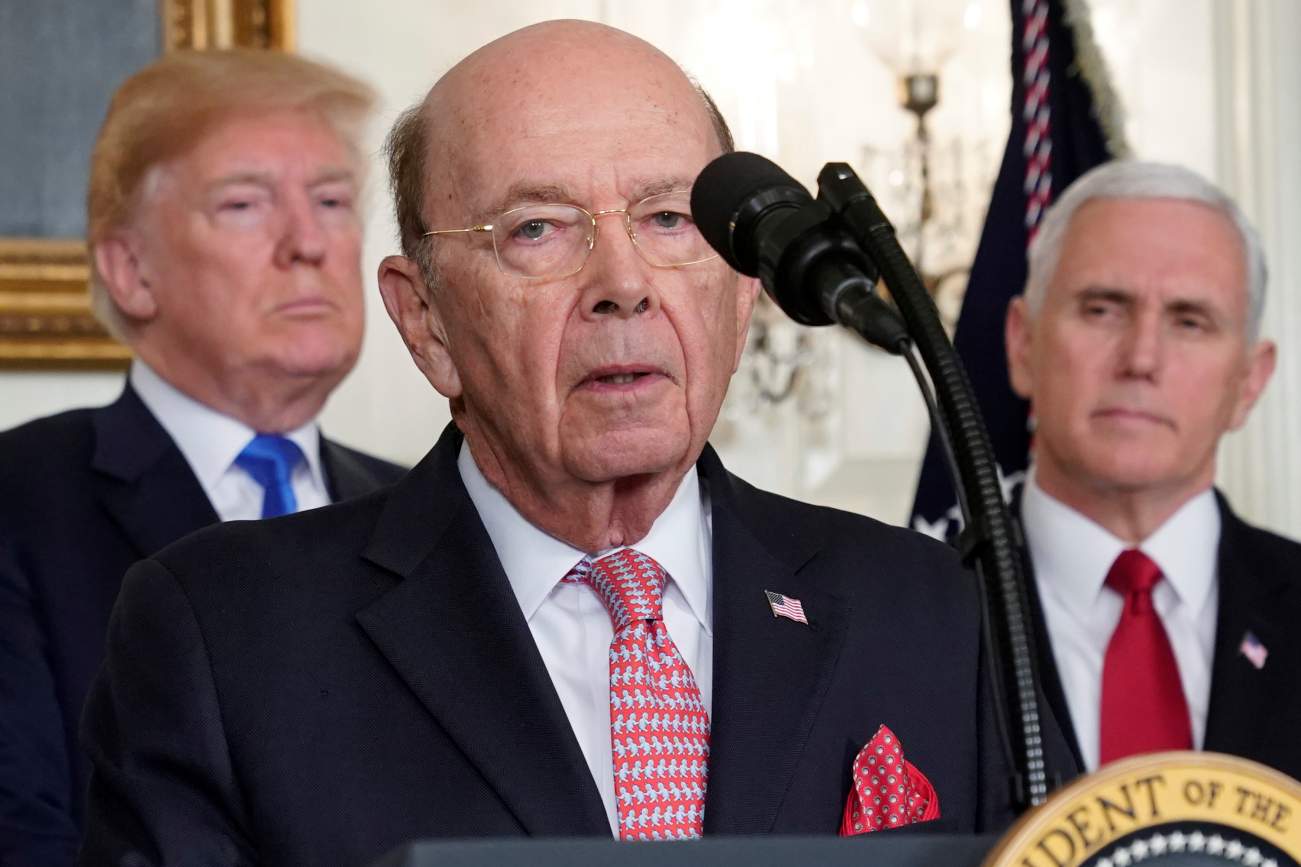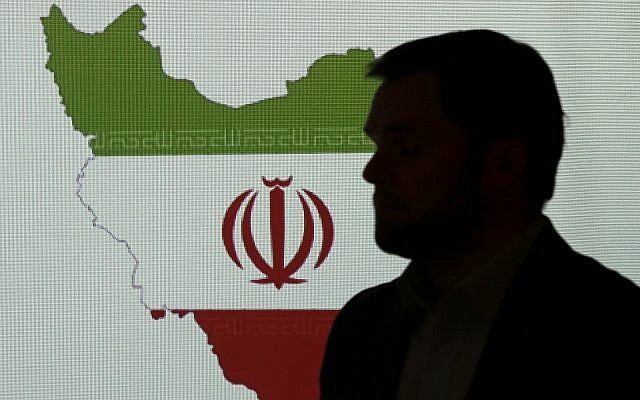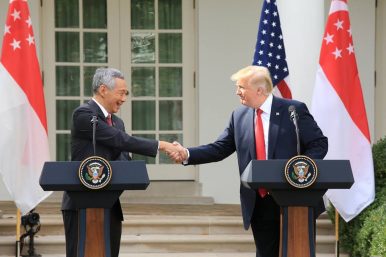By MICHEL MOUTOT
AFP — A cyber attack on Iranian missile systems claimed by the US last week would have had to exploit a flaw in the heavily-guarded network, experts said.
Citing US official sources, American media last week reported that the Army Cyber Command had crippled the Iranian Revolutionary Guard’s air defense units that shot down a sophisticated drone on June 20.
Military computing security is usually “hardened” to defend against attack but highly-skilled computer scientists in cyber units of modern armies are always working to find a way in.
“The simplest way would be for a special forces member to plug in a USB [carrying a virus] to the right place,” Loic Guezo of the French Information Security Club told AFP.
This is almost certainly how the well-known US-Israeli Stuxnet virus was introduced in 2010, into the computers of Iran’s nuclear complex, according to experts.
Iran at the time accused the US and Israel of using the virus to target its centrifuges used for uranium enrichment.
The Revolutionary Guards are believed to have since bolstered precautionary measures in a bid to isolate their military computer networks from the internet.
 … 5G and Huawei is not a technical issue, it is a complex strategic issue. Huawei is already inside India’s backbone network. Its network equipment are part of India’s armed forces’ classified networks. But by banning Huawei India’s security concerns are not eliminated. India should look at what the other countries specially the Europeans are doing …
… 5G and Huawei is not a technical issue, it is a complex strategic issue. Huawei is already inside India’s backbone network. Its network equipment are part of India’s armed forces’ classified networks. But by banning Huawei India’s security concerns are not eliminated. India should look at what the other countries specially the Europeans are doing …




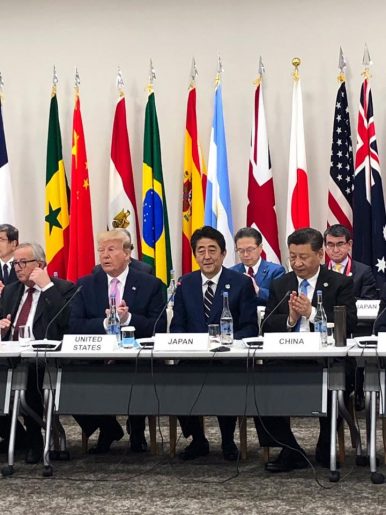


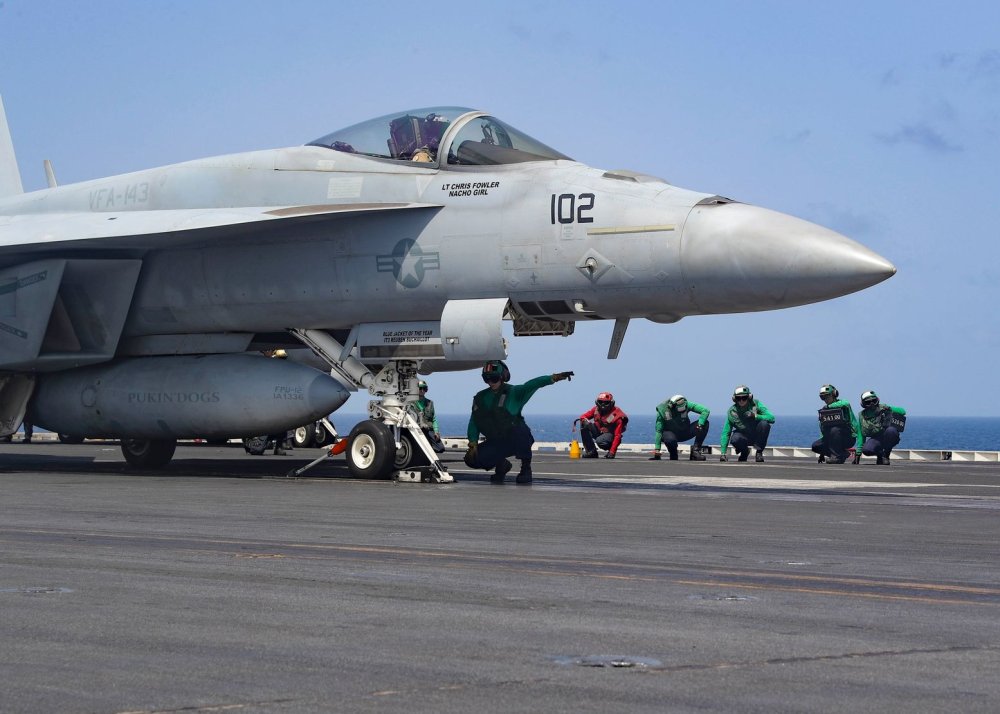
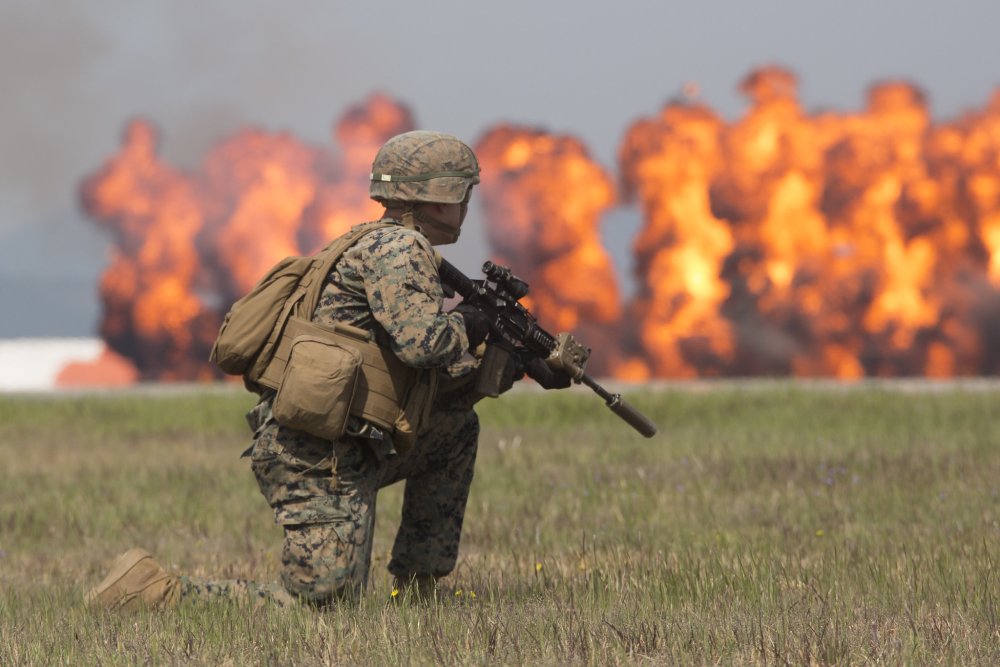


/arc-anglerfish-arc2-prod-mco.s3.amazonaws.com/public/TLZL7RIVWJD4LBQHXTXALWH6KQ.jpg)


